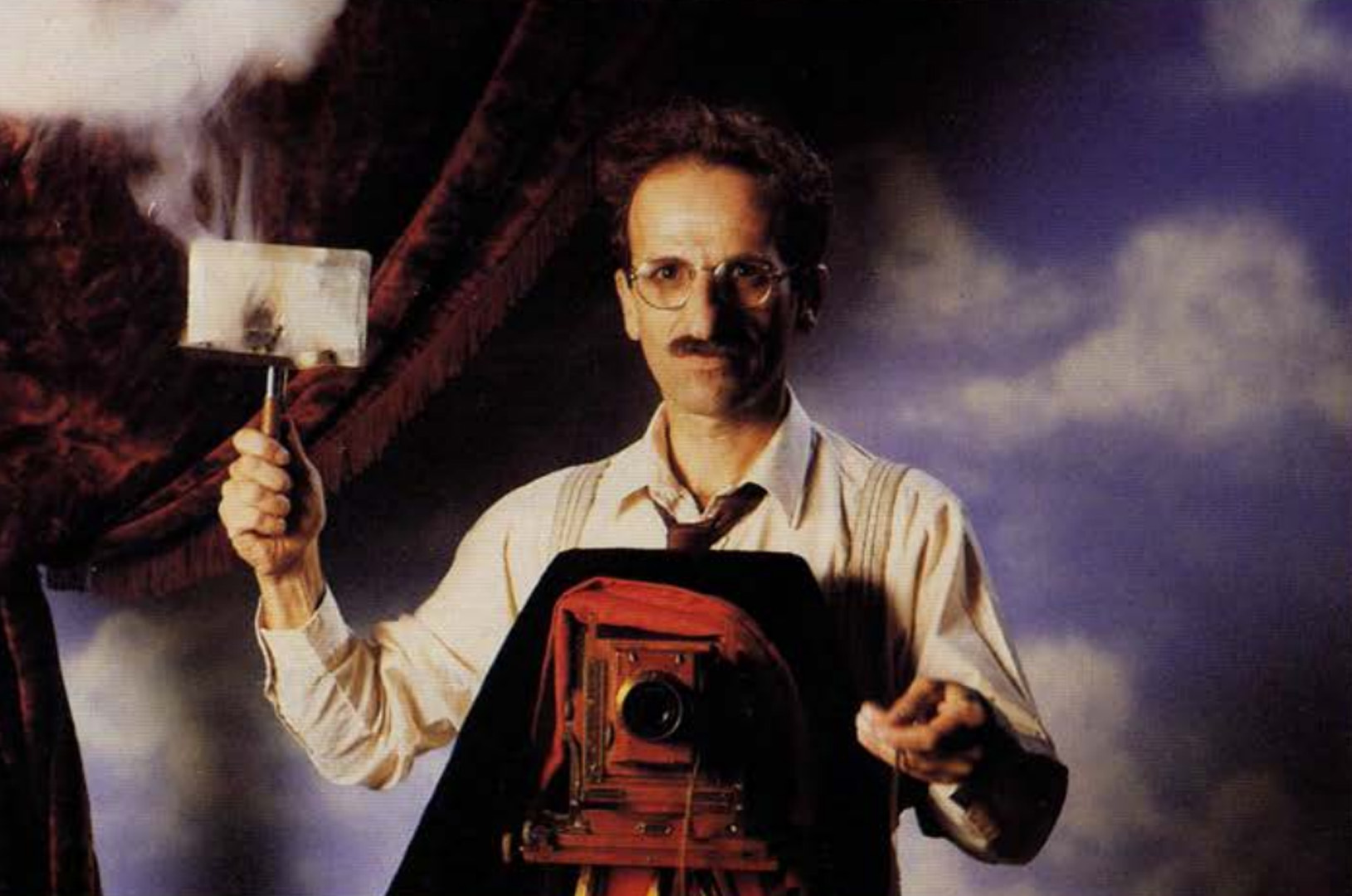“One Way Street: Fragments for Walter Benjamin” by John Hughes
Title:
- One Way Street: Fragments for Walter Benjamin
Artist(s) and People Involved:
Exhibiting Artist(s):
Symposium:
Artist Statement:
In September, 1940, on the Franco-Spanish border, the German Jewish philosopher and critic Walter Benjamin committed suicide, escaping the Gestapo. He was 48. During the summer of that year, with reference to his most valued possession, the painting Angelus Novus by Paul Klee, Benjamin had written: “His eyes are staring, his mouth is open, his wings are spread. This is how the angel of history must look. His face is turned toward the past. Where we perceive a chain of events, he sees one single catastrophe which keeps piling wreckage upon wreckage and hurls it in front of his feet. The Angel would like to stay, awaken the dead and make whole what has been smashed. But a storm is blowing from Paradise; it has got caught in his wings with such violence that the angel can no longer close them. This storm irresistibly propels him into the future to which his back is turned, while the pile of debris before him grows skyward. This storm is what we call progress.”
Walter Benjamin is probably best known in Australia for his essay ‘Art in the Age of Mechanical Reproduction’ which he wrote in 1936, while in exile in Paris. Since the heady days of 1968 this essay has been a central text for cultural theorists of the left who have wished to explore the complex phenomena of mass culture in ways that are not simply pessimistic.
The ‘age’ of electronic or digital based art (re)production has not transcended the contradictions of the contexts in which it is produced, nor has it transformed them. Indeed, the aestheticisation of cyberspace can be seen yet again unfurling its banner of ‘progress’ in an allegory of the ‘return of the same’.
There is a photograph taken by an unknown photographer in London in 1940, showing the ruins of the Holland House library in Kensington. This is the image with which Lyotard announced his immateriais exhibition in Paris in 1984.) The roof of the library has collapsed while book shelves full of books remain. Debris piled up in the centre of the frame, the sky where the roof once was, create a vortex, a perspective which seems to draw the spectator through the image into its background. But there are three figures here: three men, each with certain characteristics. They all face away from the catastrophe which divides them.
With hands in pockets one man casually observes volumes on the shelves. Another stands facing the books, absorbed in reading. The third is about to select a book from the shelves, bending slightly, caught at this moment, in the act of choice. The image evokes a sense of history; the past, the ‘future’ and the present. Unlike the characters depicted in the image, the spectator has a sensation of rapid movement both into the empty vortex while simultaneously being blown backwards, out of the frame, while the debris piles up before us. In the still photograph all of this is present, at a standstill. Somewhere near-by a firestorm is raging.
One Way Street: an exploration of themes and ideas in Benjamin’s works, places his ‘Theses on the Philosophy of History’ in the ruins of the Holland House library. One Way Street works both against the grain and within the genre of the bio-pic’. The film works as a kind of ‘teaser’, a speculative reflection on the texts of Benjamin; it presents an introduction on some central ideas and provides biographical background. Interviews with leading English language scholars, such as Susan Buck-Moors and Gary Smith, convey the sense of excitement and significance that Benjamin’s work has generated. A montage structure and a heightened visual style evoke themes and qualities of Benjamin’s writings.
Sponsors:
One Way Street was funded by the Australian Film Commission.






